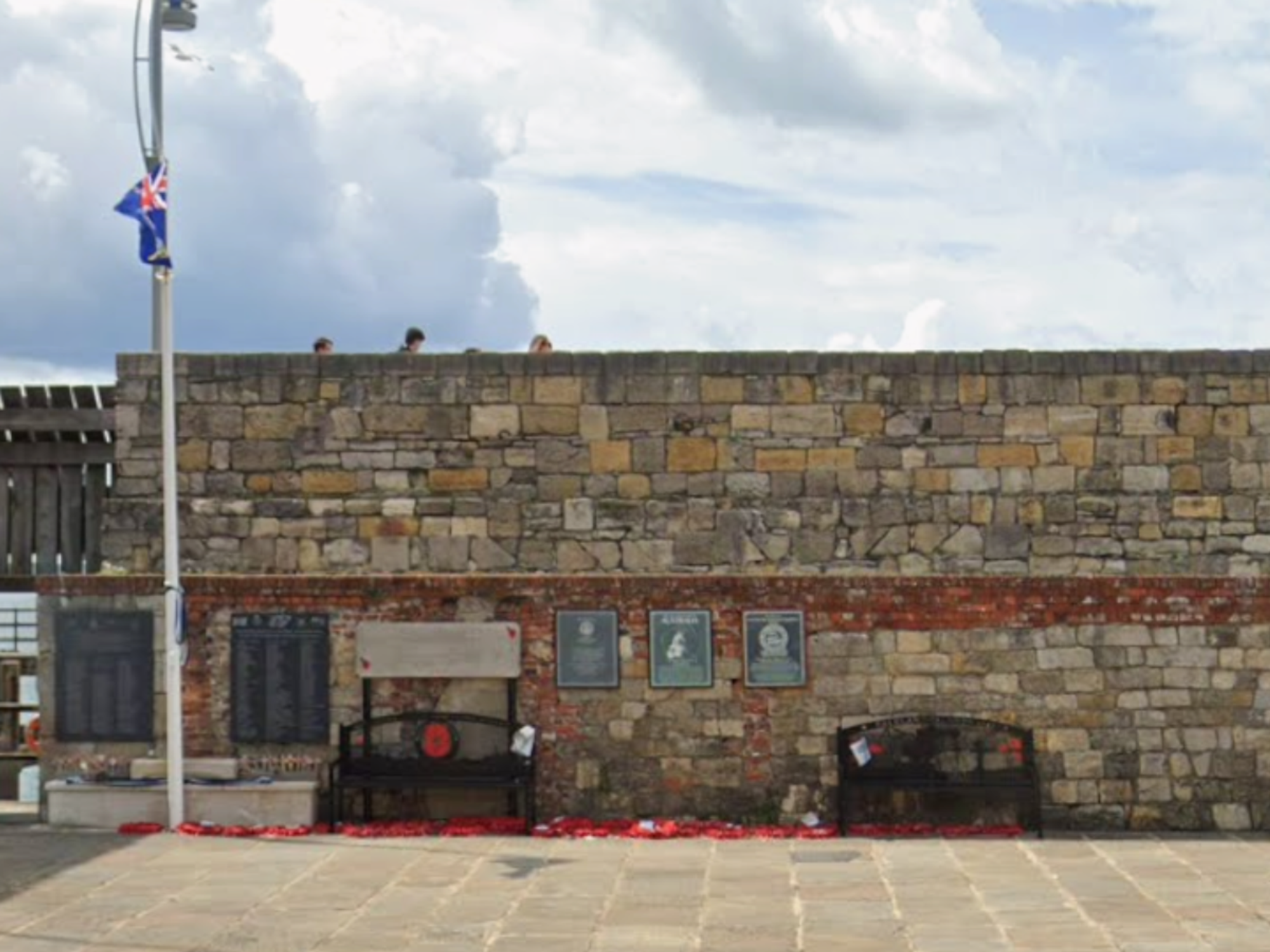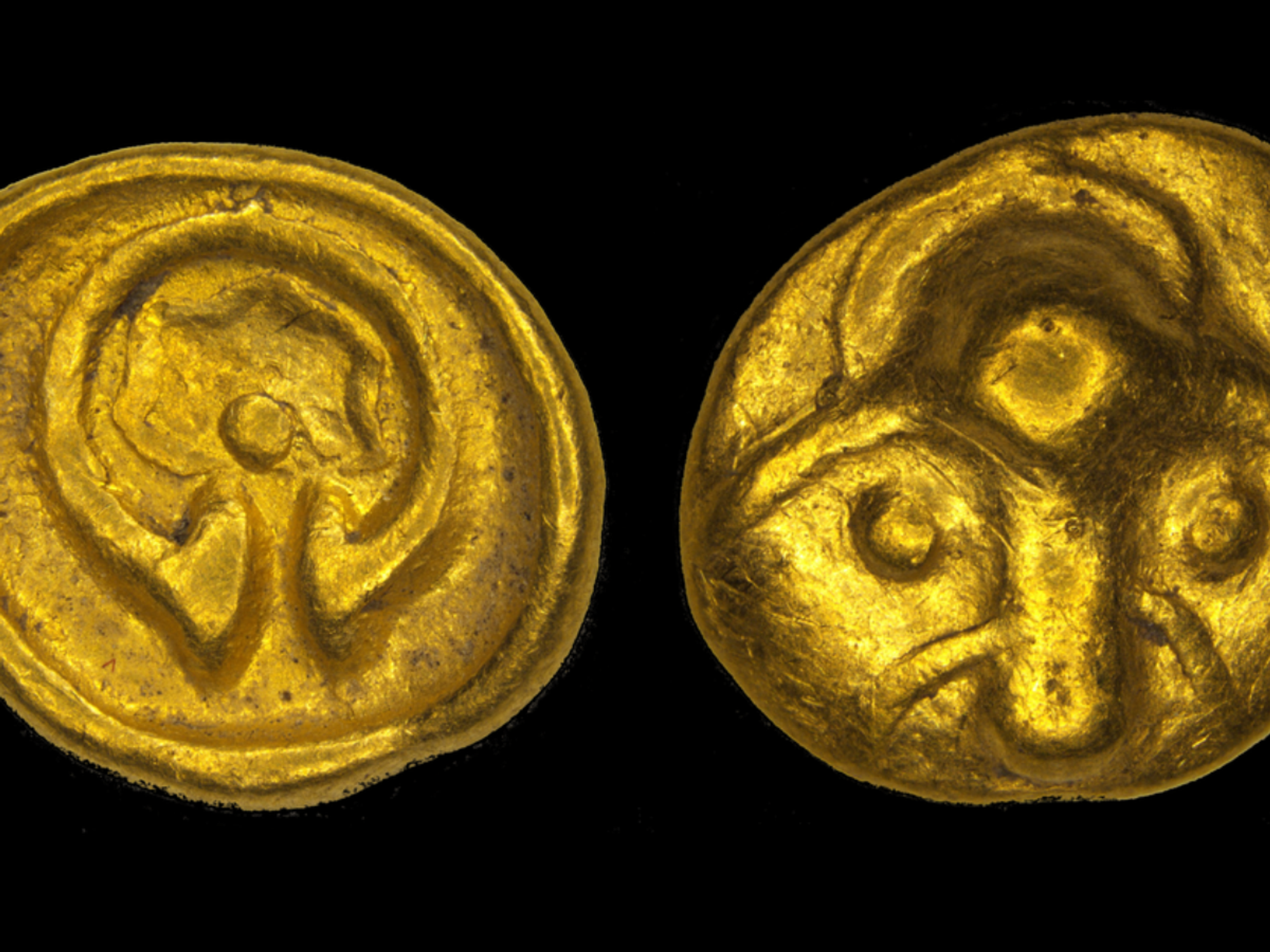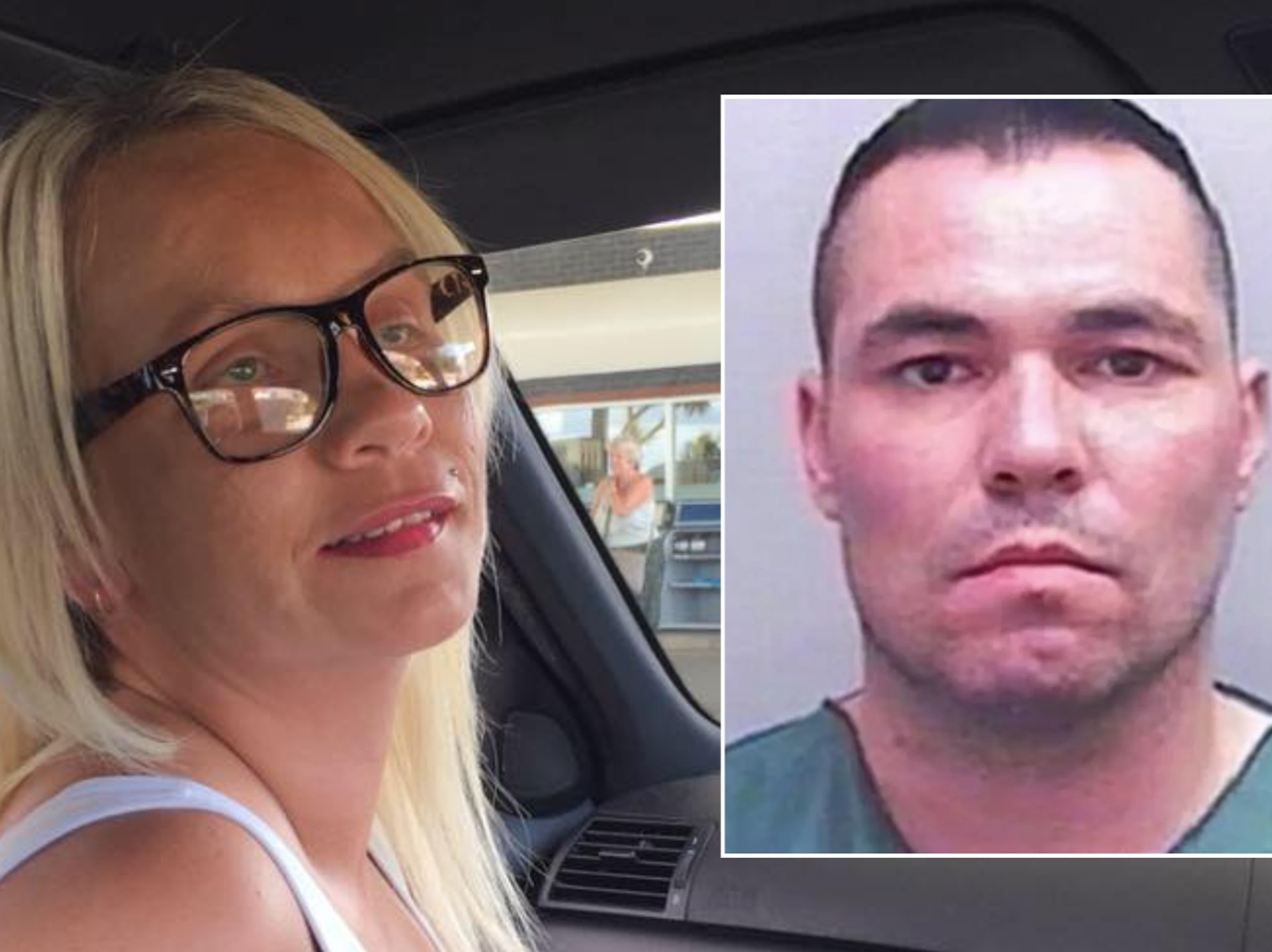Grisly ancient Egyptian burial mystery solved after corpses found torn limb-from-limb

A young girl had been meticulously cut up and rearranged in the tomb - and now, researchers think they know why
Don't Miss
Most Read
Latest
A grisly ancient Egyptian burial mystery has been solved after researchers found corpses which had been torn limb-from-limb in their tombs.
Archaeologists examining ancient burial sites have identified what could be the oldest archaeological evidence of the Osiris and Isis mythology - dating from approximately 3300 to 2700BC.
The discoveries at Adaima cemetery, on the banks of the Nile, reveal a series of disturbing ritual wounds on the body of a teenage girl.
Her arm had been deliberately severed post-mortem near the lower part of the upper arm and forearm, possibly done using an axe, while her muscles were likely sliced with a flint blade.
Severed bits of limb were carefully arranged to appear almost intact, with the girl's hand placed beside her forearm.
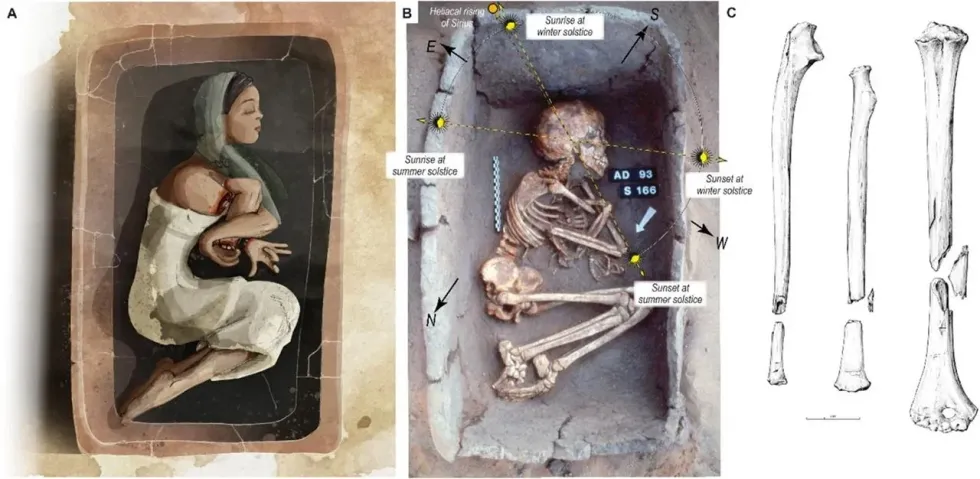
PICTURED: Artist's impression of how the girl would have been buried - compared to her remains today
|JOURNAL OF ARCHAEOLOGICAL METHOD AND THEORY
This arrangement appeared designed to mirror her left arm, which was folded at an acute angle and held close to her body.
Her remains were pointed towards the sunset of the winter solstice, while her burial container faced the point where Sirius rises in the night sky.
Two additional female burials were found to show similar ritual practices, with one woman interred alongside decorative jewellery and ceramic vessels in a coffin oriented to point the winter solstice's sunrise.
Another female burial contained a ceremonial rod and a hairpiece crafted from plant fibres, with the body positioned towards the summer solstice sunset.
MORE ANCIENT EGYPTIAN DISCOVERIES:
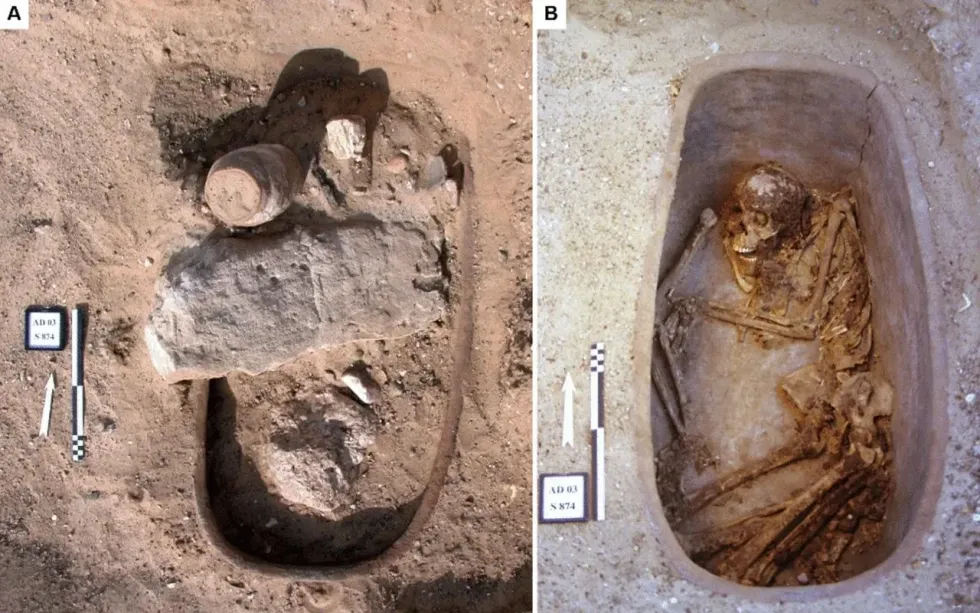
Two additional female burials were found to show similar ritual practices
|JOURNAL OF ARCHAEOLOGICAL METHOD AND THEORY
Researchers discovered further symbolic practices, including a child's bone deliberately placed upon an adult's torso and a woman clutching a fragment bracelet.
Their findings suggest that rural Egyptian communities practised complex spiritual ceremonies thousands of years before the reigns of the Pharaohs.
The burial customs like severing limbs and pointing coffins towards the sunrise or sunset appear to have established religious traditions that Egypt's rulers would later incorporate into state mythology.
Scientists employed artificial intelligence and "machine learning" techniques to examine data from over 900 graves across the 74-acre Adaima site, which sits high among Egypt's oldest and most well-researched burial grounds.
LATEST ARCHAEOLOGY HEADLINES:
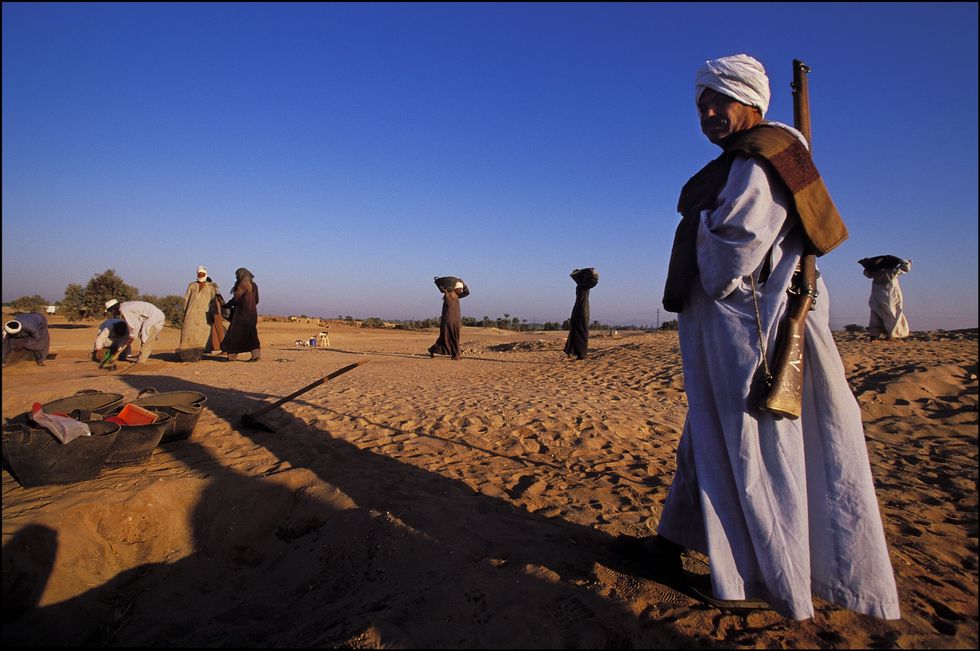
PICTURED: Armed locals oversee the Adaima dig site
|GETTY
Their analysis found how funeral practices changed over time, including the development of social stratification and religious symbolism.
Subsequent burials frequently surrounded older graves with astronomical alignments, indicating these sites retained spiritually important through generations.
"When the state emerged, it did not create religion from scratch," the researchers wrote in the Journal of Archaeological Method and Theory.
"It absorbed long-standing practices and reworked them into royal narratives."






